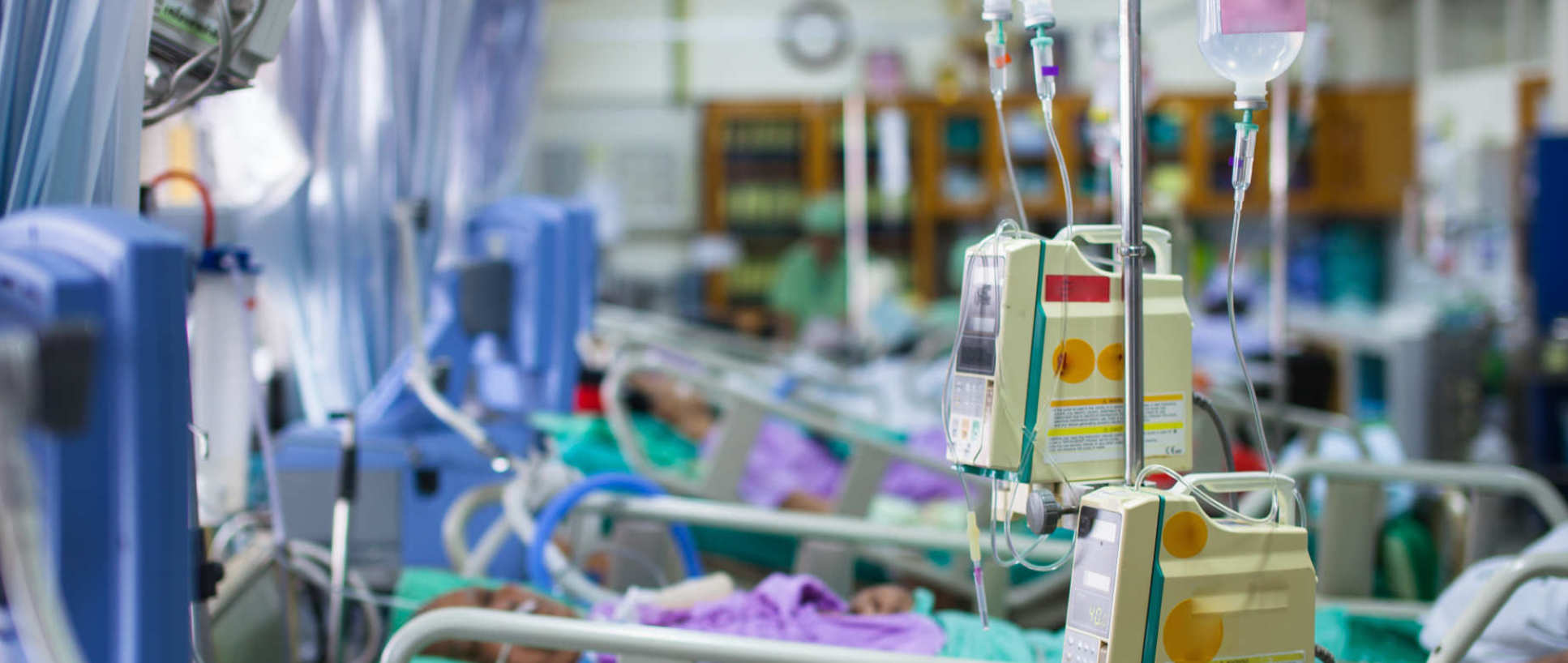BibTex format
@article{Taylor:2016:10.1016/j.resuscitation.2016.09.016,
author = {Taylor, J and Black, S and Brett, S and Kirby, K and Nolan, JP and Reeves, BC and Robinson, M and Rogers, CA and Scott, LJ and South, A and Stokes, EA and Thomas, M and Voss, S and Wordsworth, S and Benger, JR},
doi = {10.1016/j.resuscitation.2016.09.016},
journal = {Resuscitation},
pages = {25--32},
title = {Design and implementation of the AIRWAYS-2 trial: A multi-centre cluster randomised controlled trial of the clinical and cost effectiveness of the i-gel supraglottic airway device versus tracheal intubation in the initial airway management of out of hospital cardiac arrest},
url = {http://dx.doi.org/10.1016/j.resuscitation.2016.09.016},
volume = {109},
year = {2016}
}
RIS format (EndNote, RefMan)
TY - JOUR
AB - Health outcomes after out of hospital cardiac arrest (OHCA) are extremely poor, with only 7-9% of patients in the United Kingdom (UK) surviving to hospital discharge. Currently emergency medical services (EMS) use either tracheal intubation or newer supraglottic airway devices (SGAs) to provide advanced airway management during OHCA. Equipoise between the two techniques has led to calls for a well-designed randomised controlled trial. The primary objective of the AIRWAYS-2 trial is to assess whether the clinical effectiveness of the i-gel, a second-generation SGA, is superior to tracheal intubation in the initial airway management of OHCA patients in the UK. Paramedics recruited to the AIRWAYS-2 trial are randomised to use either tracheal intubation or i-gel as their first advanced airway intervention. Adults who have had a non-traumatic OHCA and are attended by an AIRWAYS-2 paramedic are retrospectively assessed against eligibility criteria for inclusion. The primary outcome is the modified Rankin Scale score at hospital discharge. Secondary objectives are to: (i) estimate differences between groups in outcome measures relating to airway management, hospital stay and recovery at 3 and 6 months; (ii) estimate the cost effectiveness of the i-gel compared to tracheal intubation. Because OHCA patient needs immediate treatment there are several unusual features and challenges to the design and implementation of this trial; these include level of randomisation, the automatic enrolment model, enrolment of patients that lack capacity and minimisation of bias. Patient enrolment began in June 2015. The trial will enrol 9070 patients over two years. The results are expected to influence future resuscitation guidelines. Trial Registration ISRCTN: 08256118.
AU - Taylor,J
AU - Black,S
AU - Brett,S
AU - Kirby,K
AU - Nolan,JP
AU - Reeves,BC
AU - Robinson,M
AU - Rogers,CA
AU - Scott,LJ
AU - South,A
AU - Stokes,EA
AU - Thomas,M
AU - Voss,S
AU - Wordsworth,S
AU - Benger,JR
DO - 10.1016/j.resuscitation.2016.09.016
EP - 32
PY - 2016///
SN - 1873-1570
SP - 25
TI - Design and implementation of the AIRWAYS-2 trial: A multi-centre cluster randomised controlled trial of the clinical and cost effectiveness of the i-gel supraglottic airway device versus tracheal intubation in the initial airway management of out of hospital cardiac arrest
T2 - Resuscitation
UR - http://dx.doi.org/10.1016/j.resuscitation.2016.09.016
UR - http://www.ncbi.nlm.nih.gov/pubmed/27697605
UR - http://hdl.handle.net/10044/1/41399
VL - 109
ER -



 Critical care involves the care of the sickest patients in the hospital. Critically ill patients have usually been through a significant insult to their body (such as trauma, infection, burn) and have developed organ failure and require life-support. Critical Care is the largest theme bringing together clinicians and scientists from diverse backgrounds and includes collaborative research from hospitals throughout north-west London. Investigations range from evaluating biological mechanisms of organ failure through to the development of innovative technologies which allow the short-term and long-term support and recovery of organs.
Critical care involves the care of the sickest patients in the hospital. Critically ill patients have usually been through a significant insult to their body (such as trauma, infection, burn) and have developed organ failure and require life-support. Critical Care is the largest theme bringing together clinicians and scientists from diverse backgrounds and includes collaborative research from hospitals throughout north-west London. Investigations range from evaluating biological mechanisms of organ failure through to the development of innovative technologies which allow the short-term and long-term support and recovery of organs.